The history of urban development in Poland is rich and diverse, shaped by centuries of political, economic, and cultural changes. Here is a brief overview of key periods and developments:
- Medieval Period (10th–14th centuries):
- The early urbanization of Poland was influenced by trade routes and the establishment of market centers.
- Kraków, one of the oldest and most significant Polish cities, emerged as a key trade and cultural hub. It became the capital of Poland in the 11th century.
- Other important medieval cities included Gdańsk, Wrocław, and Poznań, each with its own unique history and architecture.
- Renaissance and Baroque (15th–18th centuries):
- During the Renaissance, Poland experienced a cultural and architectural flourishing, with the construction of palaces, churches, and city walls.
- The Baroque period brought elaborate decorations and grandiose architecture. Warsaw, the current capital, started to grow in importance.
- Partitions and Foreign Rule (late 18th–early 20th centuries):
- Poland was partitioned and ceased to exist as an independent state for 123 years (1795–1918), during which its cities faced various challenges.
- In the 19th century, industrialization led to the growth of cities, and new infrastructure, such as railways, was developed.
- Interwar Period (1918–1939):
- After World War I, Poland regained independence, and urban development accelerated.
- Warsaw continued to develop as the capital, with the construction of modernist buildings and the establishment of new neighborhoods.
- World War II and Postwar Reconstruction (1939–1989):
- World War II caused extensive damage to Polish cities, with Warsaw almost entirely destroyed during the Warsaw Uprising in 1944.
- The postwar period saw massive reconstruction efforts, with many cities being rebuilt, often incorporating socialist realism architecture in the process.
- Post-Communist Era (1989–present):
- The fall of communism in 1989 brought about significant changes to urban development.
- Cities experienced rapid growth, economic transformation, and the emergence of modern architecture.
- Historic districts were often revitalized, and new developments reflected contemporary urban planning trends.
- Contemporary Urbanization (21st century):
- Poland’s cities continue to modernize and evolve, with a focus on sustainable development, infrastructure improvements, and the preservation of cultural heritage.
- Major cities like Warsaw, Kraków, Gdańsk, and Wrocław attract investment and tourism, contributing to ongoing urban development initiatives.
Throughout its history, Poland’s urban development has been influenced by a combination of local traditions, foreign influences, and geopolitical factors. The result is a diverse urban landscape that reflects the country’s dynamic past and present.

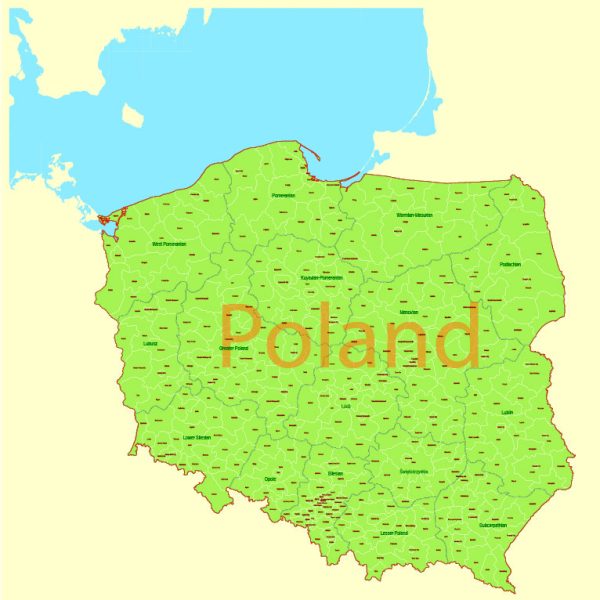
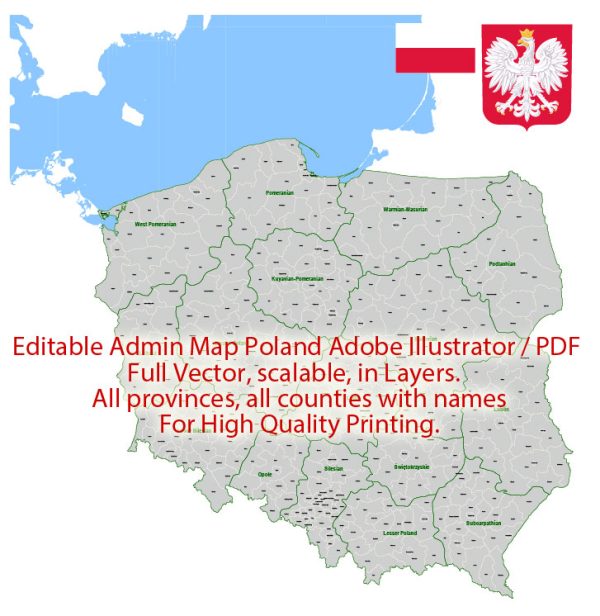
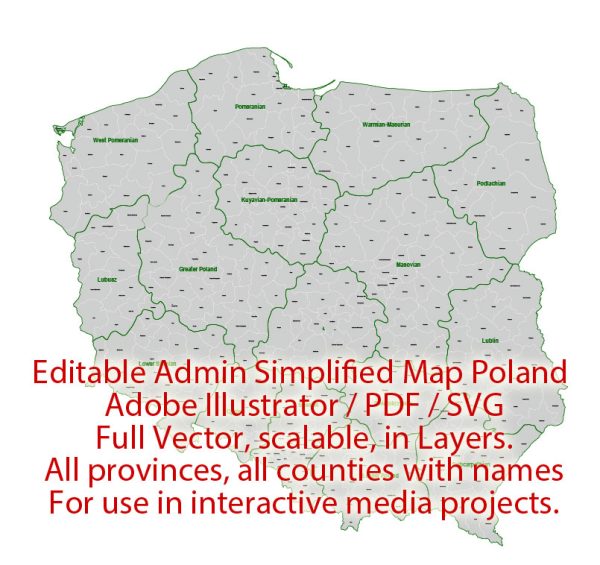
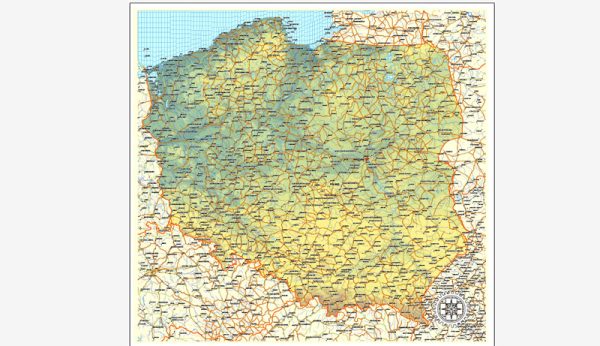
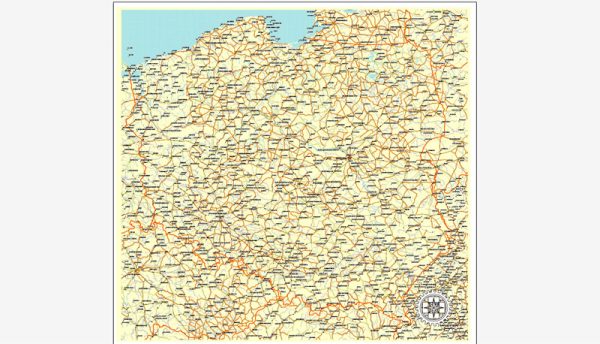
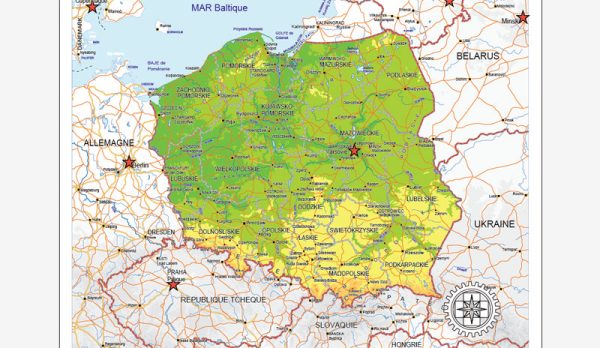
 Author: Kirill Shrayber, Ph.D.
Author: Kirill Shrayber, Ph.D.